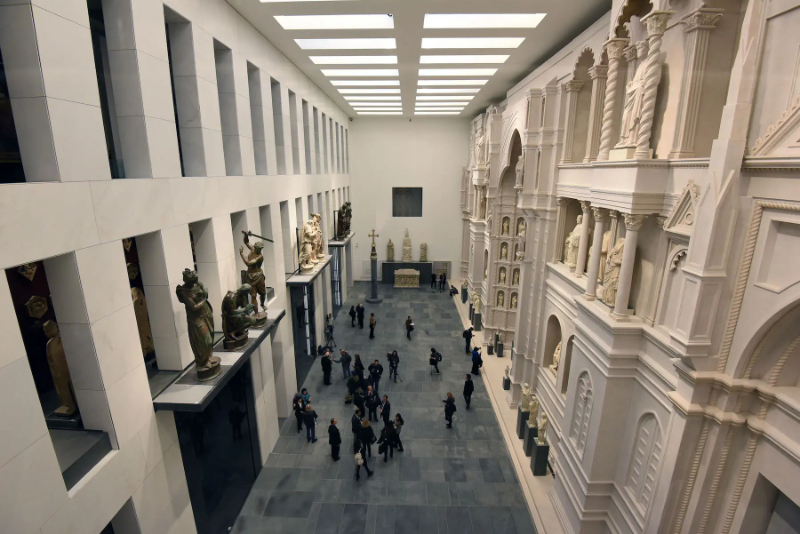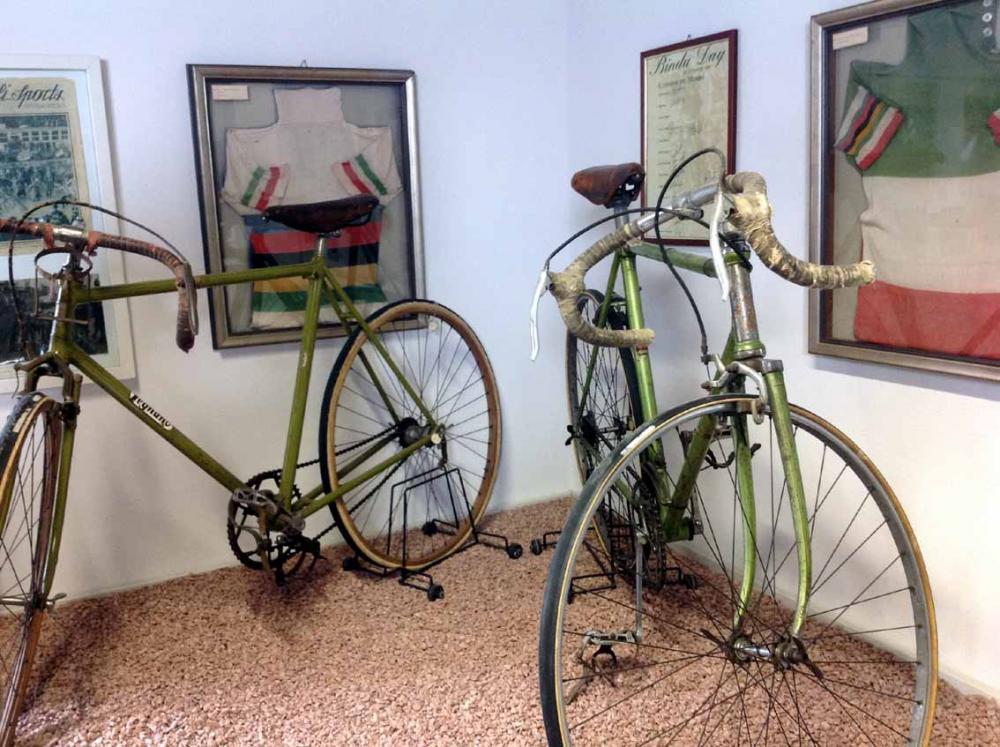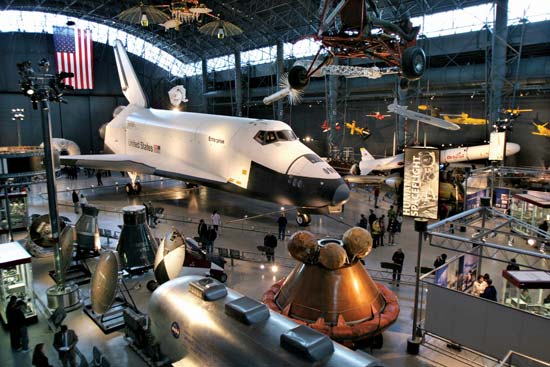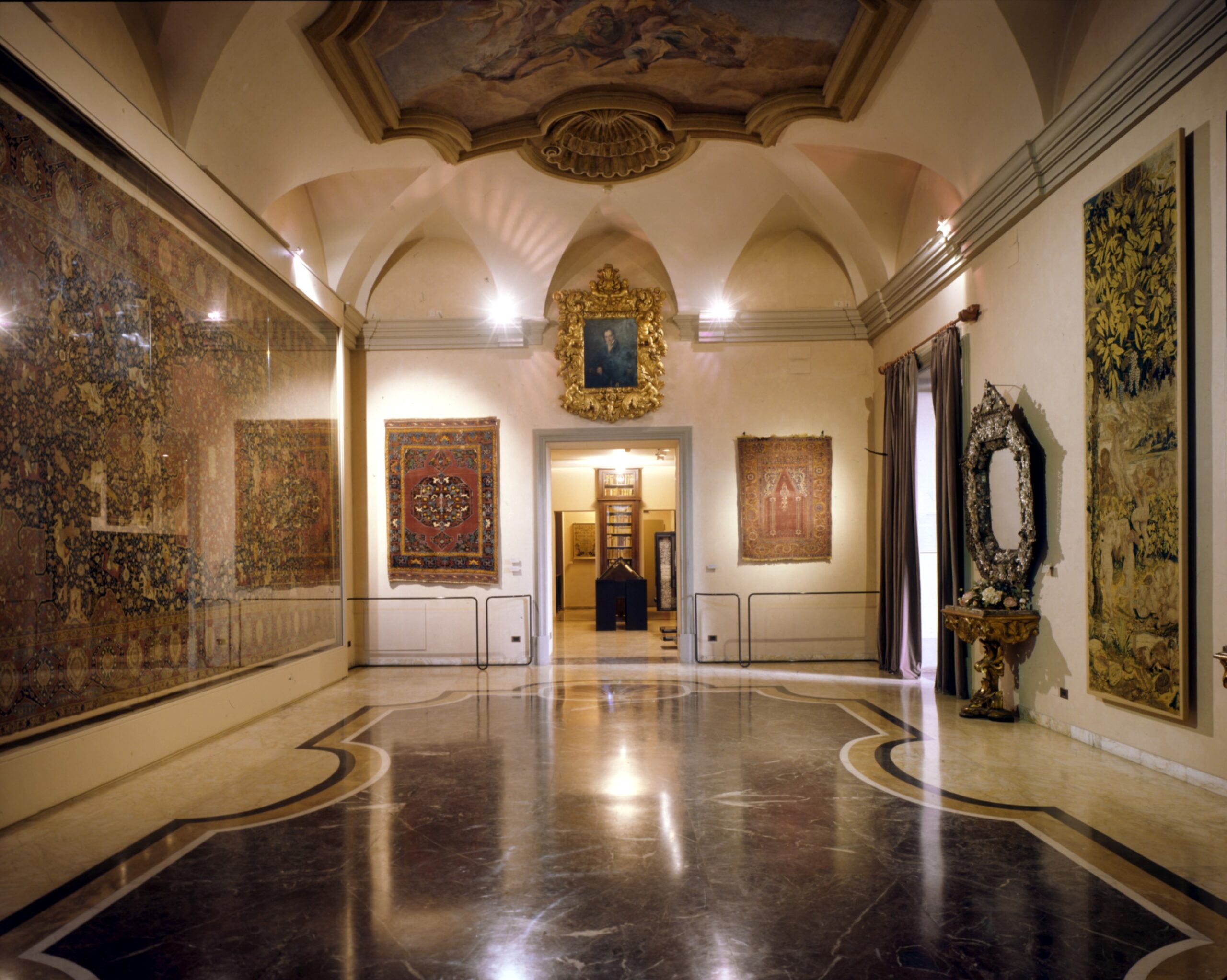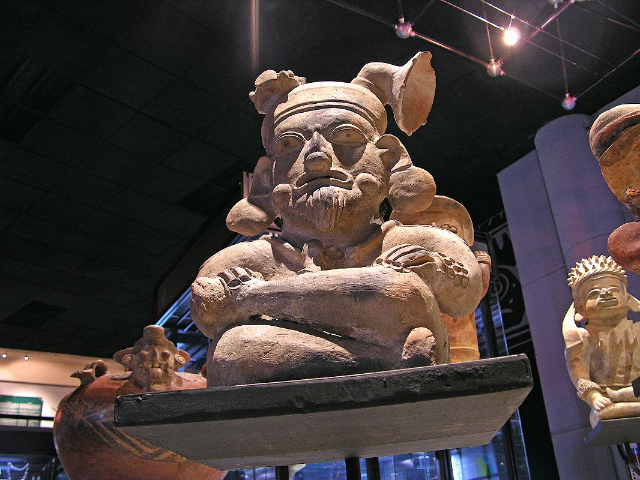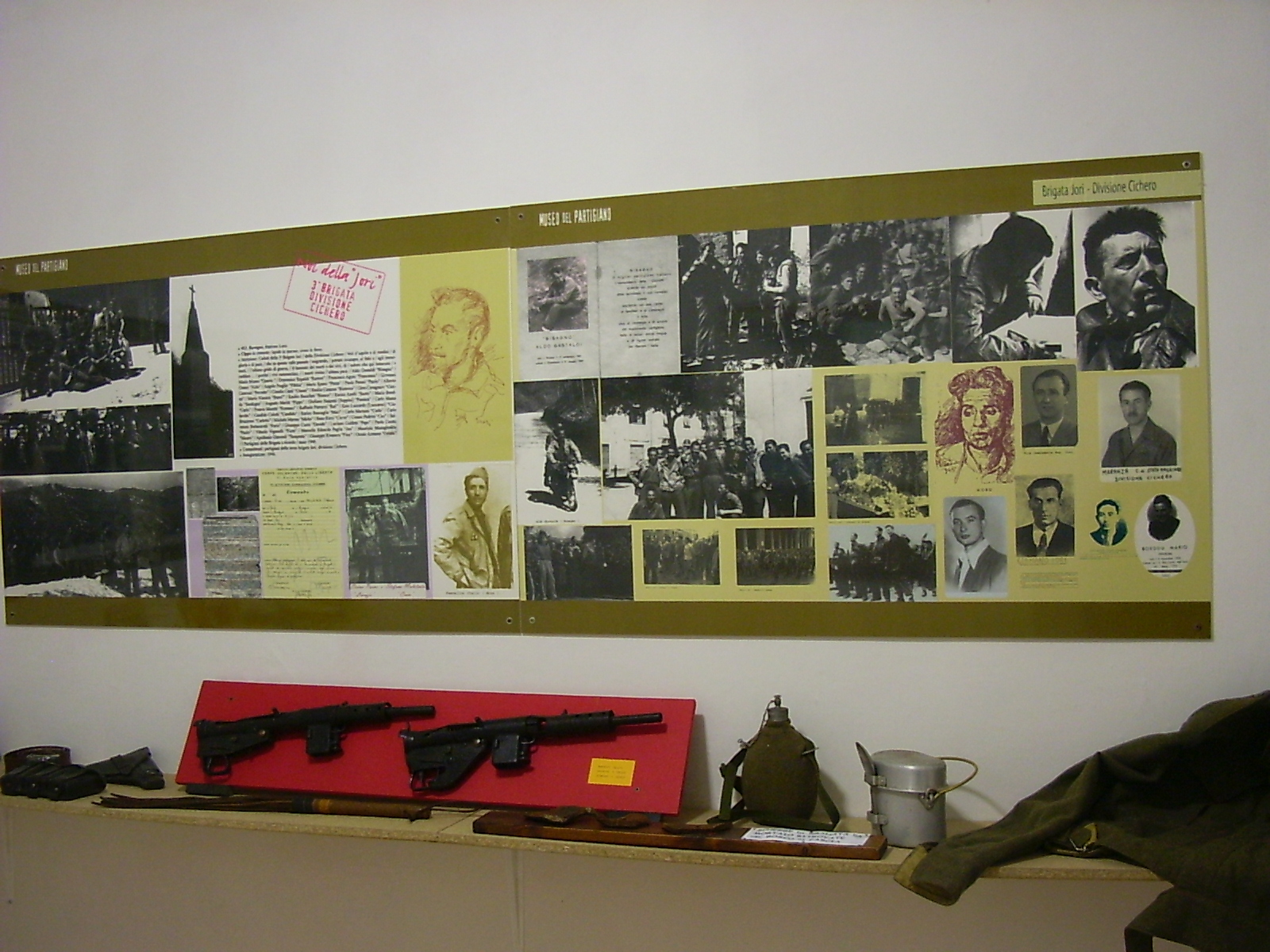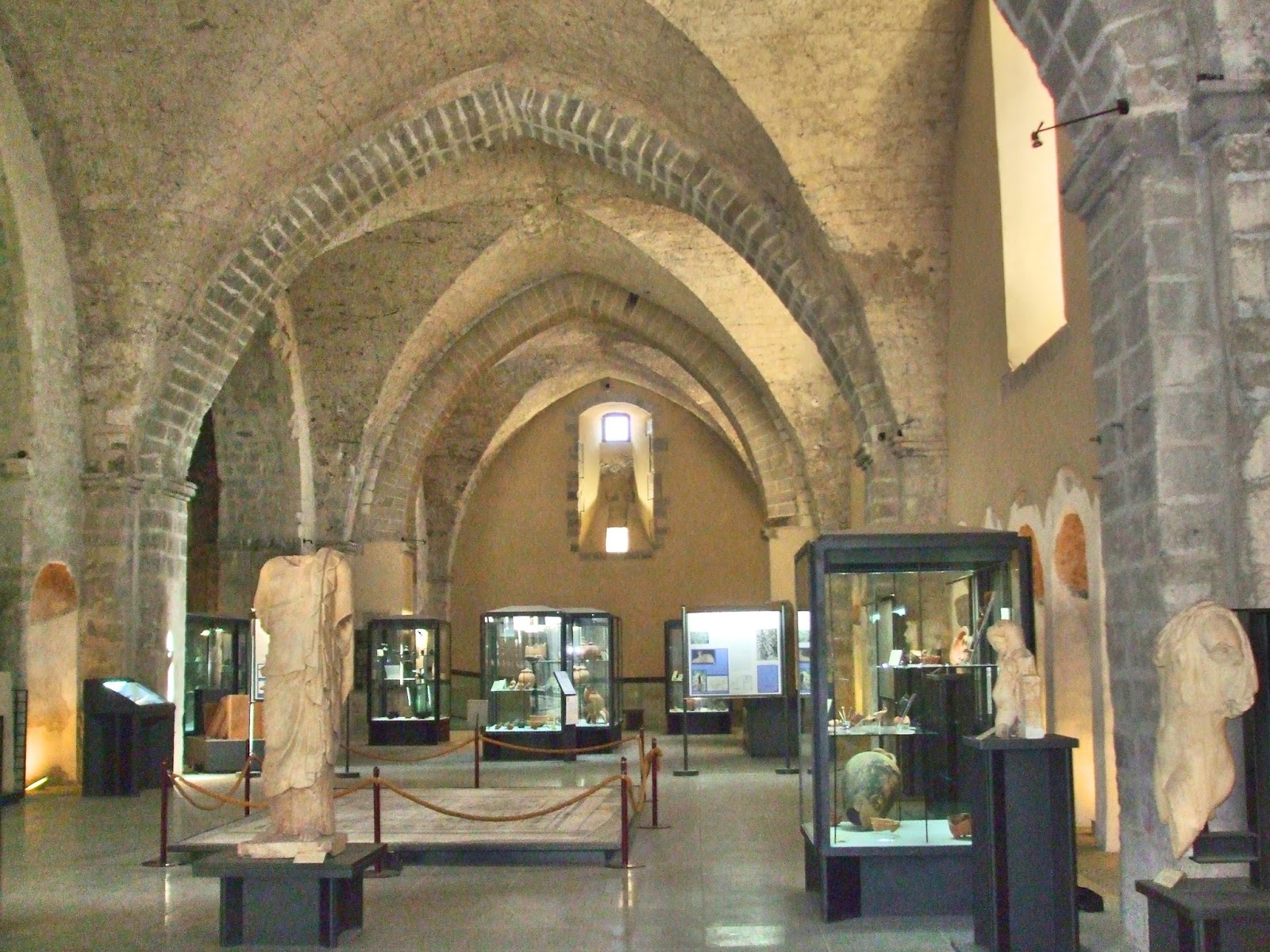Though the Opera Duomo Museum is part of the Duomo complex and sits adjacent to the cathedral, you might miss it. Please don’t. I think it’s one of the most underrated museums in Florence.
6,000 square meters of surface structured into 28 rooms and divided over three floors: a spectacular setting capable of enhancing unique masterpieces in the world that for the first time are presented in an adequate and faithful way according to the sense for which they were created. A museum within a museum, a concentration of faith, art and history that has no equal in the world.
The Museum was founded in 1891 but in 2015 it was radically renovated. It is conceived as an educational path to discover the places and artists who gave life to the monumental complex of the Opera, the cradle of the Renaissance, and it is today one of the most important museums in the world, both for the value and the number of works of art kept inside, as well as for the architectural and technological avant-garde of its environments and its museographic equipment. Here are preserved the original masterpieces of art that over the course of seven centuries have decorated its monuments: from Michelangelo, to Donatello, Brunelleschi, Ghiberti and countless others.
Over 750 works of art covering 720 years of history
The largest concentration of Florentine monumental sculpture in the world includes medieval and Renaissance statues and reliefs in marble, bronze and silver by the leading artists of the era. Most of the masterpieces on display were specifically designed to adorn the interior or exterior of the religious monuments that still stand on the museum’s doorstep: the Baptistry of San Giovanni, the Cathedral of Santa Maria del Fiore (the “Duomo”) and Giotto’s Bell Tower. The Museo dell’Opera provides the ideal setting for the works of art made for these buildings, which today form a single group known as the “Great Museum of the Cathedral”.
You’ll also find here a late Michelangelo Pieta and much smaller crowds than at the Accademia Gallery or the Uffizi.
